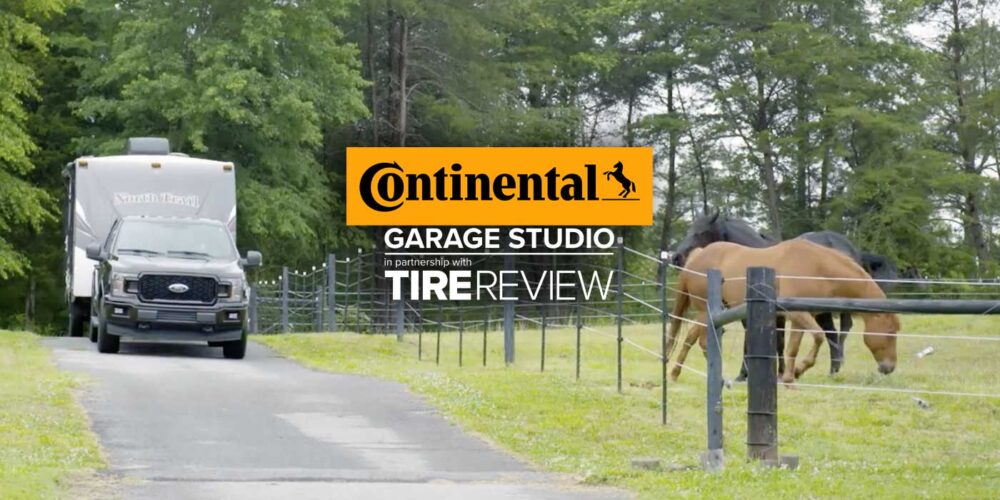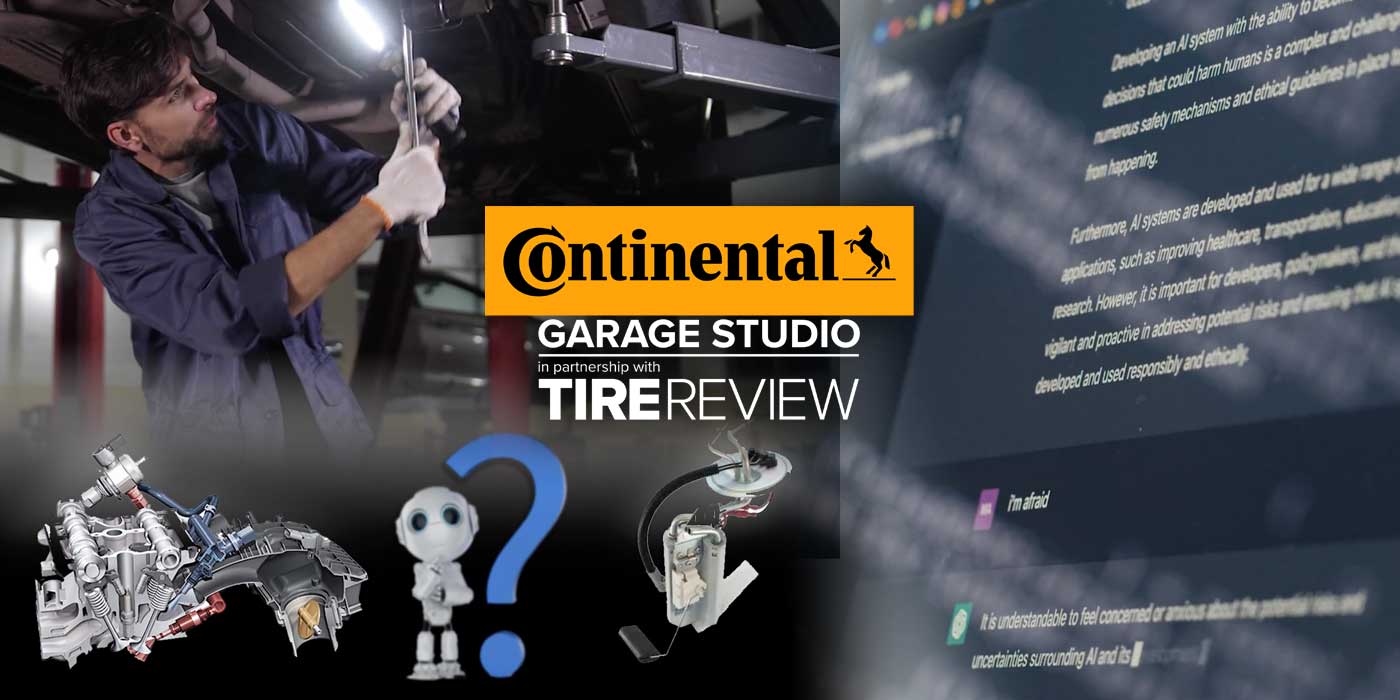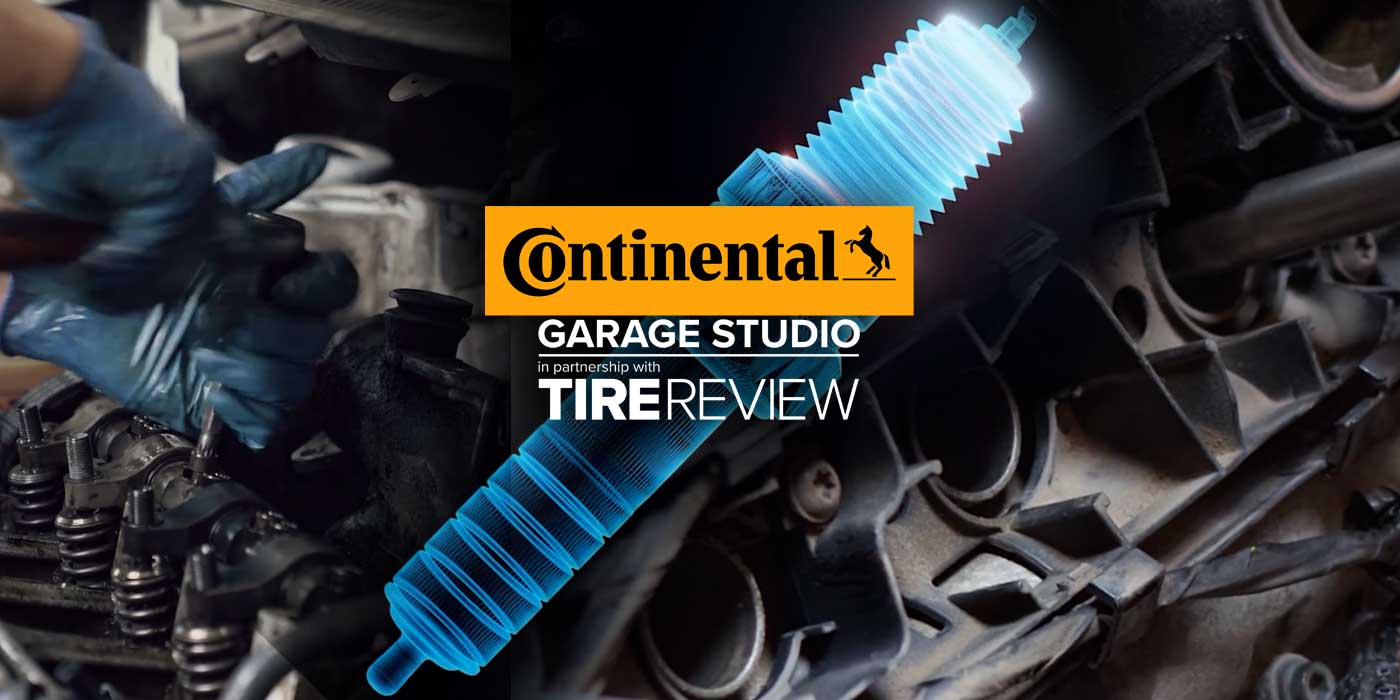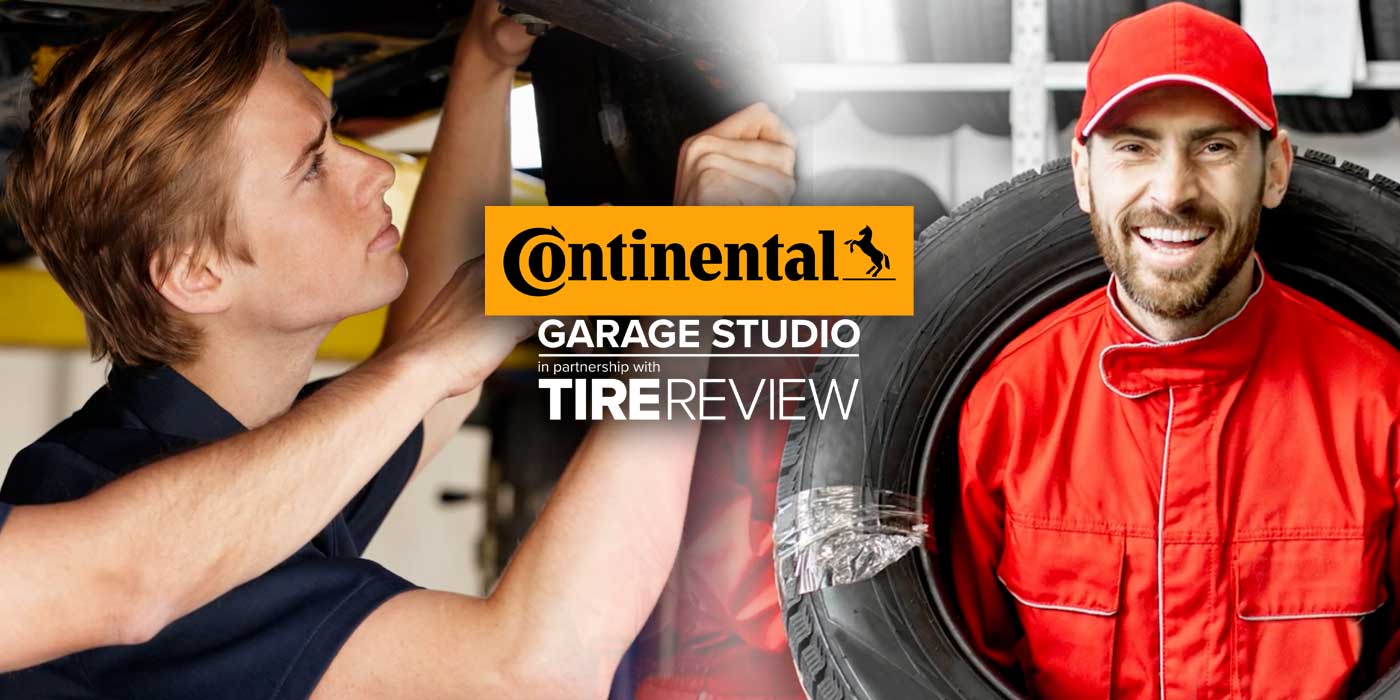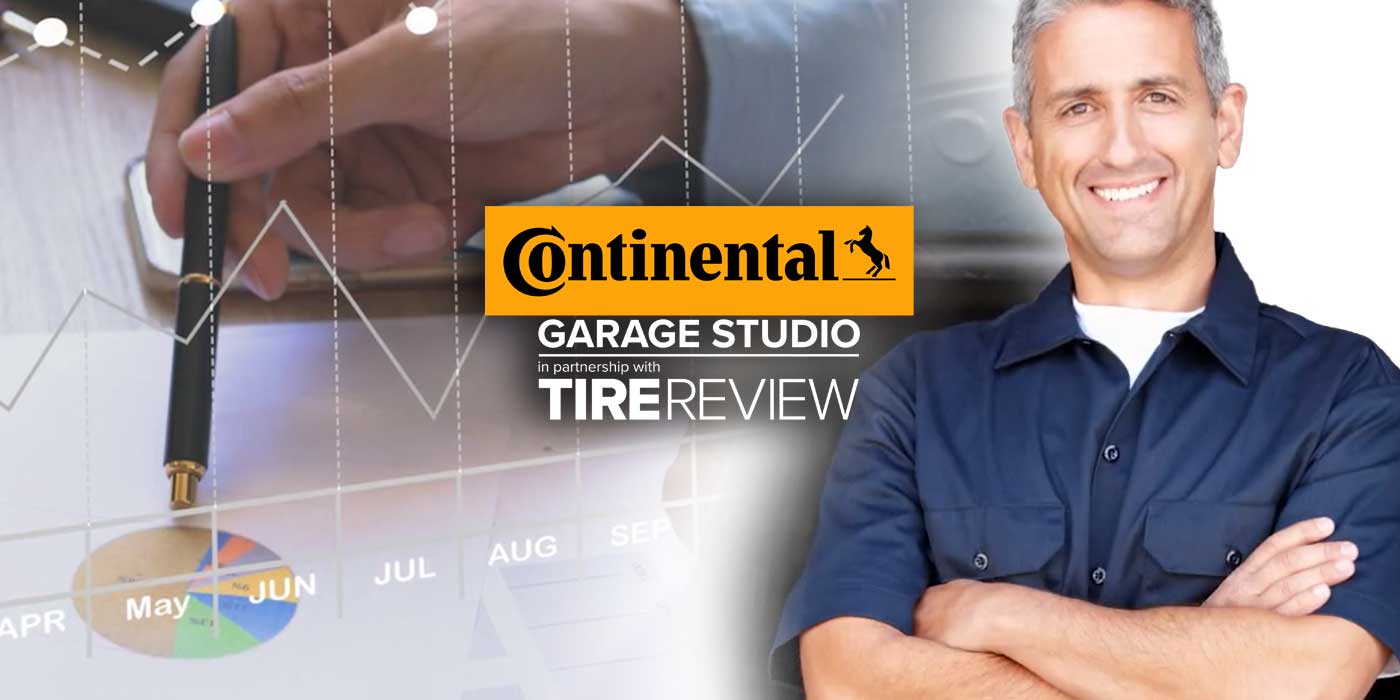In our last Tire Review Continental Tire Garage Studio video, we discussed how the amount of weight transferred on a vehicle changes and how it impacts suspension and alignment. In this video, we’ll dig into alignment angles and how they change when driving.
As mentioned in the last video, alignment angles are not static: they’re dynamic, which means technicians often need to take other measurements and complete a careful inspection after a car is scanned through an alignment bay to get the full alignment picture.
As a vehicle’s pitch and yaw change, the geometry and pick-up points of suspension change in relation to the road. And as the driver turns the steering wheel, angles like caster, camber and toe influence each other.
Car bushings, or small suspension components made out of polyurethane and rubber used to isolate vibration and reduce friction between metal parts, can become soft and compress and change the suspension pick-up point.
If the bushing of a steering rack is worn, the rack could move and induce bump-steer, potentially causing an uncertain feel for the driver. Wheel bearings and hub units that have too much play can cause changes in toe and camber, and if more than one component has too much play, the tolerances could stack up and lead to a wild ride. Driving probably isn’t the time to pretend you’re in the Wild West.
Let’s talk a little more about suspension and weight transfers. Cars have suspensions to simply keep the customer more comfortable. You know, to not feel like you’re horseback riding down a gravel road. The forces of weight transfer have to be absorbed by the suspension system, otherwise they will be expended at the tire contact patch and could lead to a loss of adhesion.
The springs, shocks and sway bars of the suspension absorb and dampen transferred weight and are tuned to give the best tire contact patch while giving the driver a comfortable ride.
So there you have it. The answer to great suspension and a comfortable ride.





